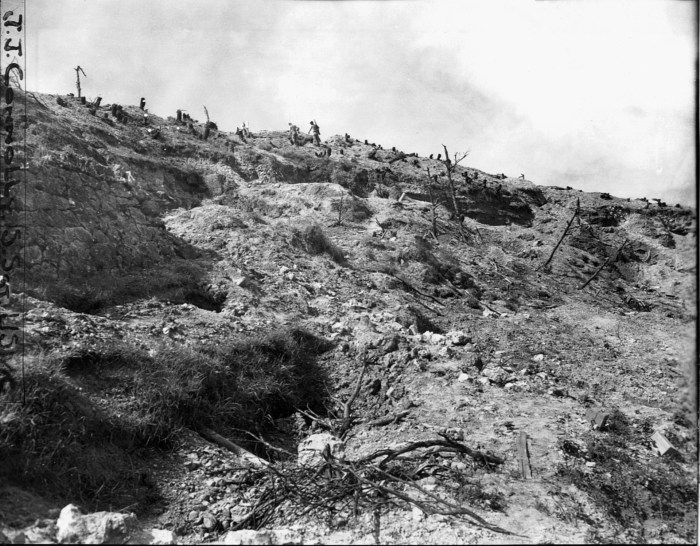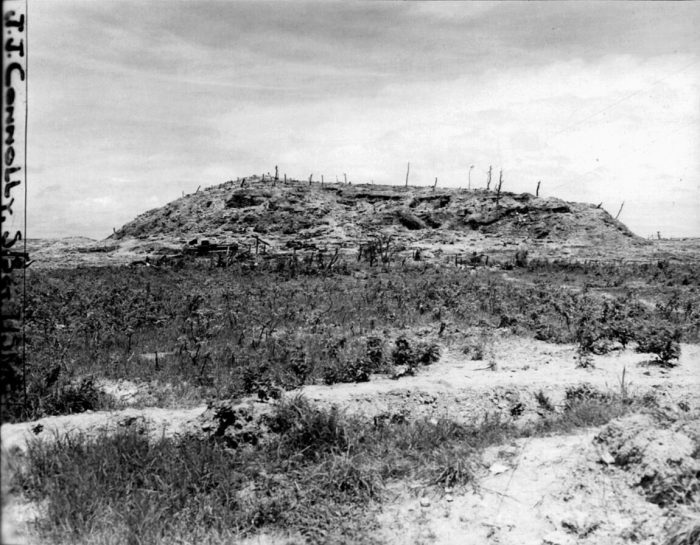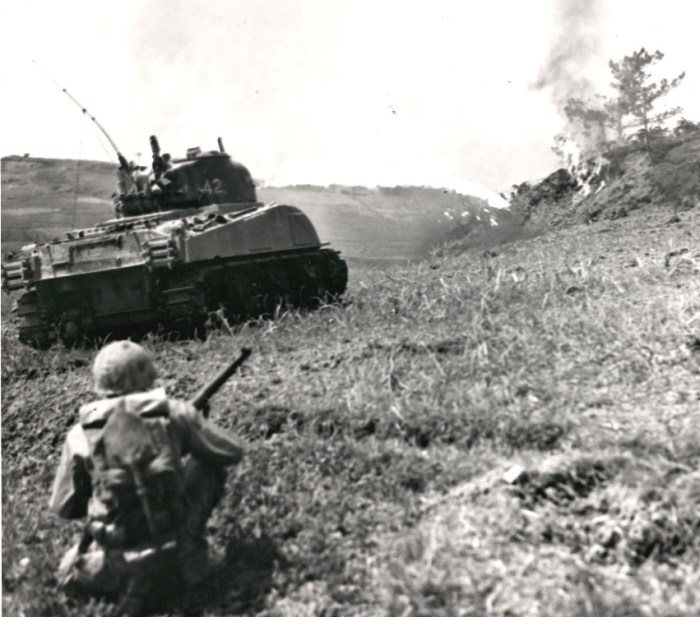Fort ticonderoga sugar loaf hill – Fort Ticonderoga and Sugar Loaf Hill stand as towering testaments to the pivotal role they played in the American Revolutionary War. This formidable fortress, nestled amidst the rugged terrain of the Champlain Valley, played a crucial role in shaping the course of the conflict.
From its strategic location to its innovative fortifications, Fort Ticonderoga and Sugar Loaf Hill present a fascinating study in military history and architectural ingenuity.
Historical Significance

Fort Ticonderoga and Sugar Loaf Hill played pivotal roles in the American Revolutionary War. The fort, located on the southern shore of Lake Champlain in New York, served as a strategic stronghold for both the British and American forces.
In May 1775, Ethan Allen and Benedict Arnold led a group of Green Mountain Boys to capture Fort Ticonderoga from the British. This victory marked the first significant American victory of the war and provided the Continental Army with much-needed artillery.
Sugar Loaf Hill
Sugar Loaf Hill, located across the lake from Fort Ticonderoga, served as a strategic observation post for both sides throughout the war. In 1776, the British constructed a fort on the hill to support their operations at Fort Ticonderoga.
In 1777, the American general Horatio Gates launched an unsuccessful attack on Fort Ticonderoga. However, he was able to capture Sugar Loaf Hill and use it as a base for his artillery. This move forced the British to abandon Fort Ticonderoga and retreat to Canada.
Military Fortifications
Fort Ticonderoga and Sugar Loaf Hill were designed and constructed as a formidable defensive complex during the French and Indian War (1754-1763) and the American Revolutionary War (1775-1783). The fortifications were strategically located on the shores of Lake Champlain, controlling access to the waterway and the surrounding region.
Fort Ticonderoga
Fort Ticonderoga was constructed by the French in 1755 as Fort Carillon. It consisted of a large, square-shaped stone fort with four corner bastions and a star-shaped earthen outwork known as the “Chevalier de la Corne.” The fort’s walls were 12 feet thick and 18 feet high, and it was surrounded by a deep moat and wooden palisade.
The fort’s defensive advantages included its strong walls, the moat, and the outwork, which provided additional protection against artillery fire. However, it was vulnerable to attack from the rear, as the terrain around the fort was relatively flat and open.
Sugar Loaf Hill
Sugar Loaf Hill is a 400-foot-high hill located directly across Lake Champlain from Fort Ticonderoga. In 1759, the British captured Fort Ticonderoga and constructed a fort on Sugar Loaf Hill to strengthen their position. The fort consisted of a series of earthen ramparts and trenches, and it was protected by a garrison of 400 soldiers.
Sugar Loaf Hill provided a strong defensive position, as it commanded a clear view of Lake Champlain and the surrounding area. However, it was vulnerable to attack from the north, as the terrain was relatively flat and open.
Strategic Location: Fort Ticonderoga Sugar Loaf Hill
Fort Ticonderoga and Sugar Loaf Hill occupied a pivotal position in the Champlain Valley, controlling access to the waterway connecting Lake Champlain to Lake George. This strategic location made it a crucial stronghold during the Revolutionary War.The fort’s position allowed it to monitor and control the movement of troops and supplies along the valley.
Its proximity to the narrow passage between Lake George and Lake Champlain, known as the “Narrows,” further enhanced its strategic value. By holding Fort Ticonderoga, the British could effectively block American access to Canada and the Hudson River Valley, while the Americans could use it as a staging ground for attacks on British positions.
Control of the Champlain Valley
Fort Ticonderoga’s location gave it command over the Champlain Valley, a strategically important corridor connecting the Hudson River Valley to Canada. By controlling the fort, the British could prevent American forces from advancing northward into Canada and cut off their supply lines.
Conversely, if the Americans captured the fort, they could gain access to Canada and threaten British strongholds in the region.
Impact on Military Campaigns
The strategic importance of Fort Ticonderoga and Sugar Loaf Hill was evident in the numerous military campaigns fought in the area during the Revolutionary War. The fort was the site of several major battles, including the Battle of Fort Ticonderoga (1775) and the Battle of Hubbardton (1777). Its capture by American forces in 1775 was a significant victory for the Continental Army and helped to secure control of the Champlain Valley.
The British recaptured the fort in 1777, but it was eventually abandoned by both sides in 1781.
Preservation and Restoration

Preservation and restoration efforts at Fort Ticonderoga and Sugar Loaf Hill have been ongoing for over a century, driven by a desire to preserve the site’s historical significance and architectural integrity.
Early efforts focused on stabilizing the ruins and protecting them from further deterioration. In the 19th century, the site was purchased by the State of New York and placed under the care of the Fort Ticonderoga Association, a non-profit organization dedicated to its preservation.
Challenges
- The site’s exposed location and harsh climate have posed significant challenges to preservation efforts.
- The extensive damage caused by the 1980 fire further complicated restoration.
- Funding constraints have also limited the scope and pace of restoration.
Successes
- Despite these challenges, significant progress has been made in preserving and restoring the site.
- The Fort Ticonderoga Association has undertaken extensive archaeological research to inform restoration efforts.
- Historic buildings have been restored to their original appearance, and new structures have been built to enhance visitor experience without compromising the site’s authenticity.
- The site now boasts a museum, research library, and educational programs that interpret its rich history.
Tourism and Education

Fort Ticonderoga and Sugar Loaf Hill serve as significant destinations for tourists and history enthusiasts alike. The well-preserved fortifications, immersive exhibits, and scenic landscapes offer a captivating glimpse into the past.These sites contribute immensely to the understanding of American history and military strategy.
Visitors can witness firsthand the strategic importance of Fort Ticonderoga during the French and Indian War and the Revolutionary War. The exhibits and guided tours provide insights into the military tactics and fortifications employed by both sides.
Tourism
Fort Ticonderoga attracts numerous tourists each year, drawn by its historical significance and picturesque setting. Visitors can explore the reconstructed fortifications, walk along the battlements, and delve into the museum’s collection of artifacts and documents. Sugar Loaf Hill offers breathtaking views of Lake Champlain and the surrounding Adirondack Mountains.
Education
Fort Ticonderoga and Sugar Loaf Hill serve as invaluable educational resources. School groups and history buffs visit these sites to gain a deeper understanding of American history. The immersive exhibits, interactive displays, and knowledgeable staff facilitate hands-on learning and foster a sense of connection to the past.
Natural Environment

Fort Ticonderoga and Sugar Loaf Hill are located in a strategically important area at the southern end of Lake Champlain, surrounded by a diverse natural environment that played a significant role in military operations and daily life at the fort.
The landscape is characterized by rugged terrain, dense forests, and numerous waterways. The surrounding mountains, including Mount Defiance and Mount Independence, provided excellent vantage points for observation and defense.
Waterways
- Lake Champlain: A major waterway that facilitated transportation, trade, and military operations. The fort’s location at the southern end of the lake gave it control over access to the waterway.
- La Chute River: A small river that powered the fort’s gristmill and sawmill, providing essential resources for the garrison.
- Iron Ore Pond: A small pond that provided a source of iron ore for the fort’s blacksmiths.
Flora and Fauna
The surrounding forests provided a source of timber for building and firewood, as well as food and game for the garrison. The area was also home to a variety of wildlife, including deer, bear, and beaver.
Cultural Impact

Fort Ticonderoga and Sugar Loaf Hill have had a profound cultural impact on the surrounding region. These sites have shaped local identity and heritage, contributing to the development of a rich and vibrant cultural landscape.The sites have served as symbols of American patriotism and resilience.
Their strategic importance during the Revolutionary War has left an enduring legacy in the region. The battles fought here have been immortalized in literature, art, and music, inspiring generations of Americans.
Local Identity and Heritage
Fort Ticonderoga and Sugar Loaf Hill are deeply intertwined with the local identity of the Champlain Valley. The sites have played a pivotal role in shaping the region’s history and culture. The presence of these historic landmarks has fostered a sense of pride and belonging among local residents.The
sites have also been a source of inspiration for local artists, writers, and musicians. The natural beauty of Sugar Loaf Hill and the historic significance of Fort Ticonderoga have provided endless inspiration for creative expression.
Tourism and Cultural Exchange, Fort ticonderoga sugar loaf hill
Fort Ticonderoga and Sugar Loaf Hill have become major tourist destinations, attracting visitors from around the world. The sites offer a unique opportunity to experience the region’s rich history and culture.Tourism has played a significant role in promoting cultural exchange between the region and visitors from diverse backgrounds.
The sites have facilitated a greater understanding and appreciation of the region’s unique cultural heritage.
FAQ Overview
What was the significance of Fort Ticonderoga in the American Revolution?
Fort Ticonderoga was a key strategic stronghold that controlled access to the Champlain Valley, a vital waterway for both sides during the war.
How did the natural environment influence military operations at Fort Ticonderoga?
The surrounding terrain provided both advantages and challenges for both sides, with dense forests offering cover but also hindering movement.
What is the current status of Fort Ticonderoga and Sugar Loaf Hill?
Both sites have been meticulously preserved and restored, offering visitors a unique opportunity to explore their historical significance and architectural grandeur.